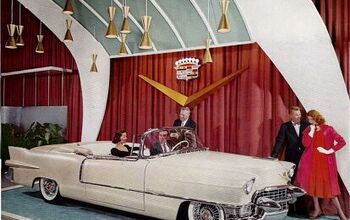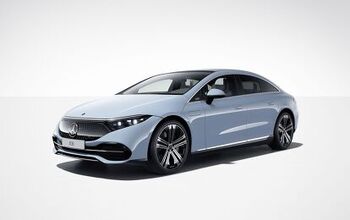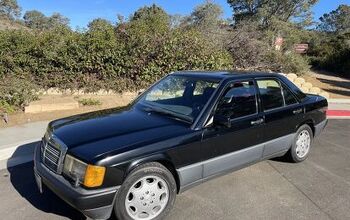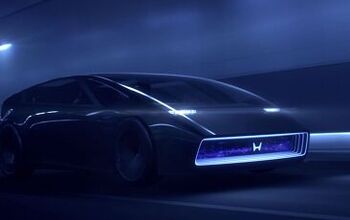Formula 1 Claws Its Way Back to Roadgoing Relevancy

The complaint most often tossed at Formula 1 is that despite being the (alleged) pinnacle of motorsports, its relevancy to road cars has disappeared.
That same feeling is what brought us to the current formula of tiny 1.6-liter turbocharged six-cylinder engines, all coupled to a complex hybrid system. Since that move, the racing series has focused more on engine development that in almost any era before, and with that comes a breakthrough in the way we look at thermal efficiency.
Even with current technology, internal combustion engines are still wholly inefficient. We’ve come a long way, but the average thermal efficiency rating still stands at about 25 percent. This means three-quarters of the energy produced by combustion is lost as heat rather than power.
It comes down (mostly) to how fuel is burned in the combustion chamber. If you could produce a more even burn in the chamber, you would be able to have massive gains in terms of efficiency.
This is where we get to Formula 1. During the renewed drive to provide teams with the best power units possible, Mercedes, Ferrari, Renault, and Honda have all been scrambling to find new solutions to the waste heat problem. From the way that brakes harvest heat under braking, to the trick turbocharger that sends heat energy to the battery system, the new formula is all about capturing energy that was previously wasted.
When Mercedes started coming out on top in almost every race in the 2014 season, it was clear they had a technical advantage the others missed. The new invention is called turbulent jet ignition, which boosts the efficiency of an F1 engine to 47 percent — a figure once thought impossible.
In this engine, the tried-and-true spark plug system is scrapped in favor of a TJI chamber. Here, 97 percent of the fuel is injected into the cylinder when the piston 60 degrees from the top-dead-center position, with remaining three percent dumped in a small pre-chamber that does have a spark plug. Once ignited, the pre-chamber’s contents become a hot pressure jet that ignites the rest of the fuel-air mixture.
Using this system allows F1 teams to meet their efficiency targets, using tiny amounts of fuel to create amazing power gains. Technology like this is why engine manufacturers are continually drawn back to F1, hoping for a tech breakthrough to deliver back to our lowly road cars.
[Source: ArtsTechnica, F1Technical]

Latest Car Reviews
Read moreLatest Product Reviews
Read moreRecent Comments
- Buickman Ironiq?
- Peter Elections have consequences. Joe Biden promised to rebuild our manufacturing base, and with his landslide win he is doing just that. Though I’m guessing he’s done with the student loan forgiveness. Think I’ll go by some protesters with my own chant. From sea to shining sea, student loans will never again be free.
- Yuda Agreed Now if only people had enough sense to tell that the EV mandate is also hideous overreach that would be nice too
- Henry Completely agree with the unacceptable false alerts. And in addition to that, it's just one more thing that adds cost to new cars. We're all forced to pay for government mandates, whether we want them or not. For example, too many people were too lazy to check their tire pressure, so now we all have to pay for TPMS. ADAS features all cost a bundle and it's no wonder that new cars are so costly.
- Jalop1991 It would be easy to draw a direct correlation between any changes in EV demand and the sudden uptick in new or near-new Tesla vehicles which have been stored at the soon-to-be-demolished Chesterfield Mall.You misspelled "accurate".


































Comments
Join the conversation
Cool article because, even though I watch pretty much every F1 race I can, I have never heard of turbulent jet ignition before.
Arstechnica had a good rundown on the tech used here.